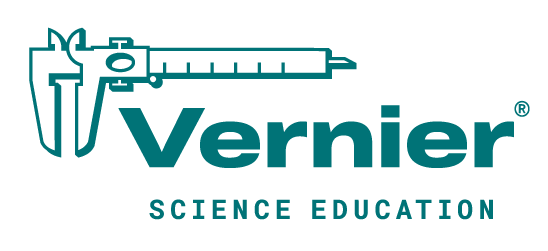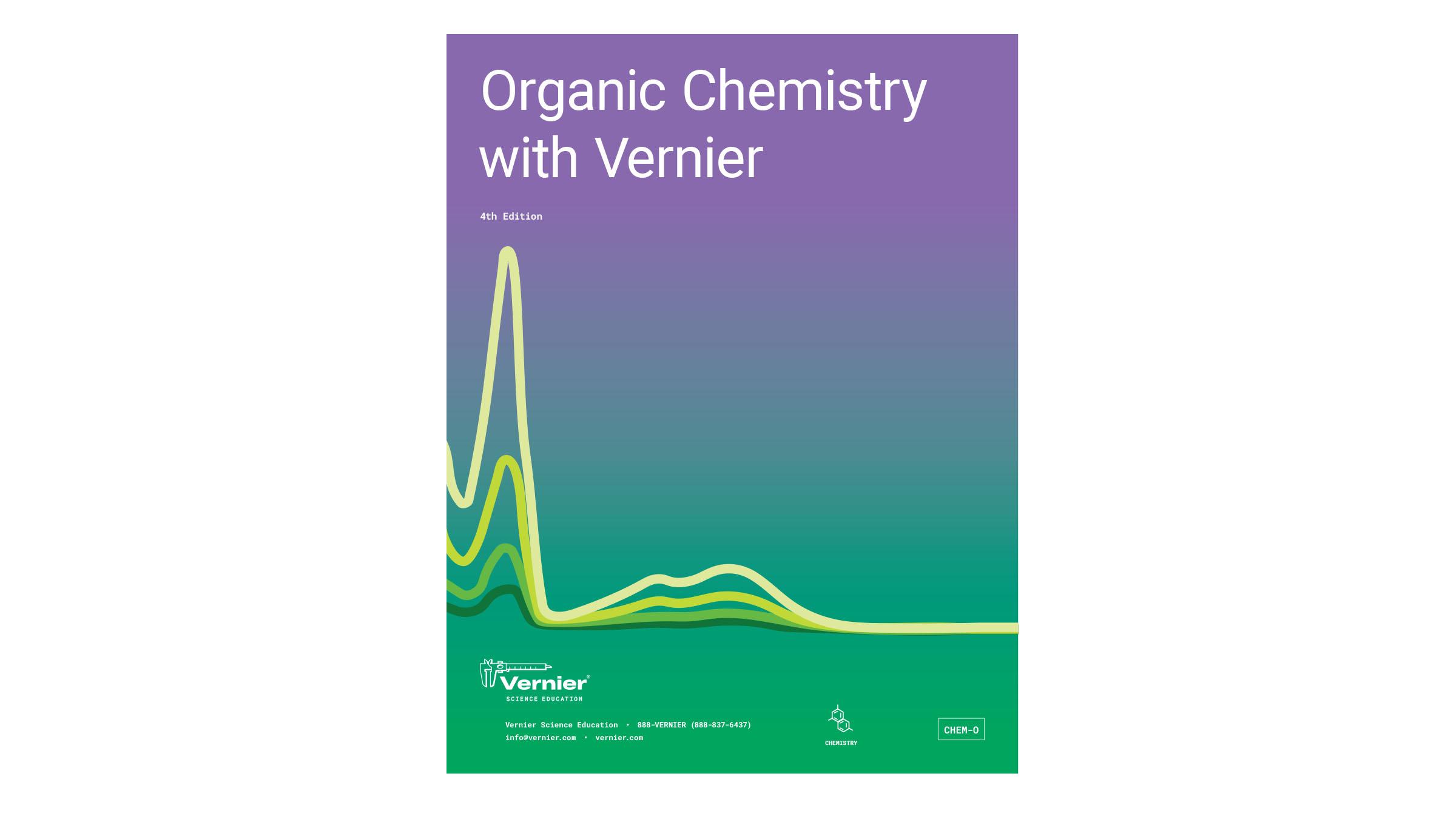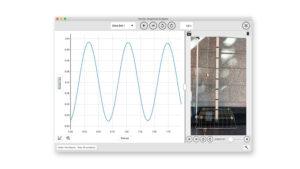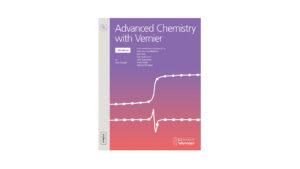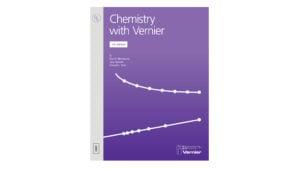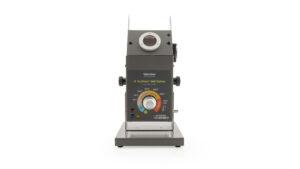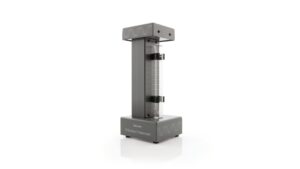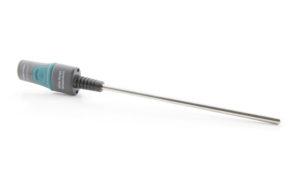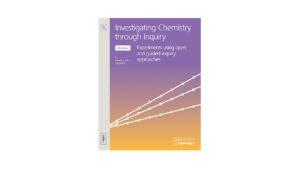Organic Chemistry with Vernier contains 26 experiments that represent a broad range of topics and techniques taught in most college organic chemistry lab courses. The experiments in this book build upon prior knowledge, laboratory techniques, and skills students have learned in general chemistry courses.
Topics
- Distillation
- Chromatography
- Synthesis
- Polarimetry
Instructor notes include helpful tips for successfully completing the experiment, reagent preparation information, and sample data.
What's Included
Electronic Version
- Complete student experiments with materials list, step-by-step instructions, data tables, and questions
- Access to up-to-date versions of the experiments
- Instructions for data collection with Vernier Graphical Analysis™, Vernier Spectral Analysis®, Vernier Instrumental Analysis®, Logger Pro® 3, and LabQuest App
- Instructor Information section for each experiment with directions for setting up experiments, helpful hints, and sample graphs and data
- Word-processing files of the student experiments, so you can edit the files to match your teaching preferences
- Generous site license—buy one book and duplicate experiments for your class
- Complete equipment and chemicals list
Printed Lab Book
When you buy the printed lab book you receive all of the resources listed for the electronic version, plus a printed copy of the book.
Sample Download
Preview “Determining Melting Temperature” from Organic Chemistry with Vernier. The preview download includes student instructions.
Download sample experiment
